ViciousTrap exploited CVE-2023–20118 to hijack 5,300 routers, building a honeypot-style spy network.
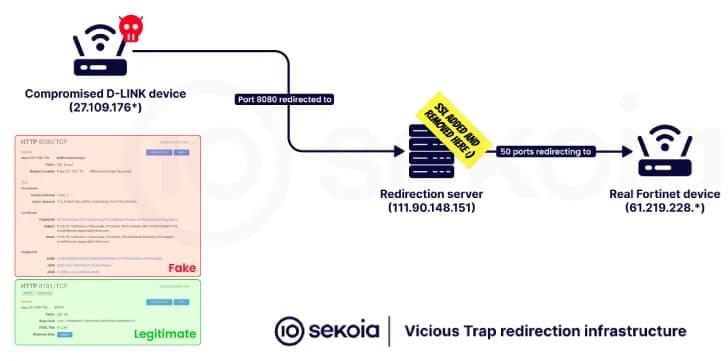

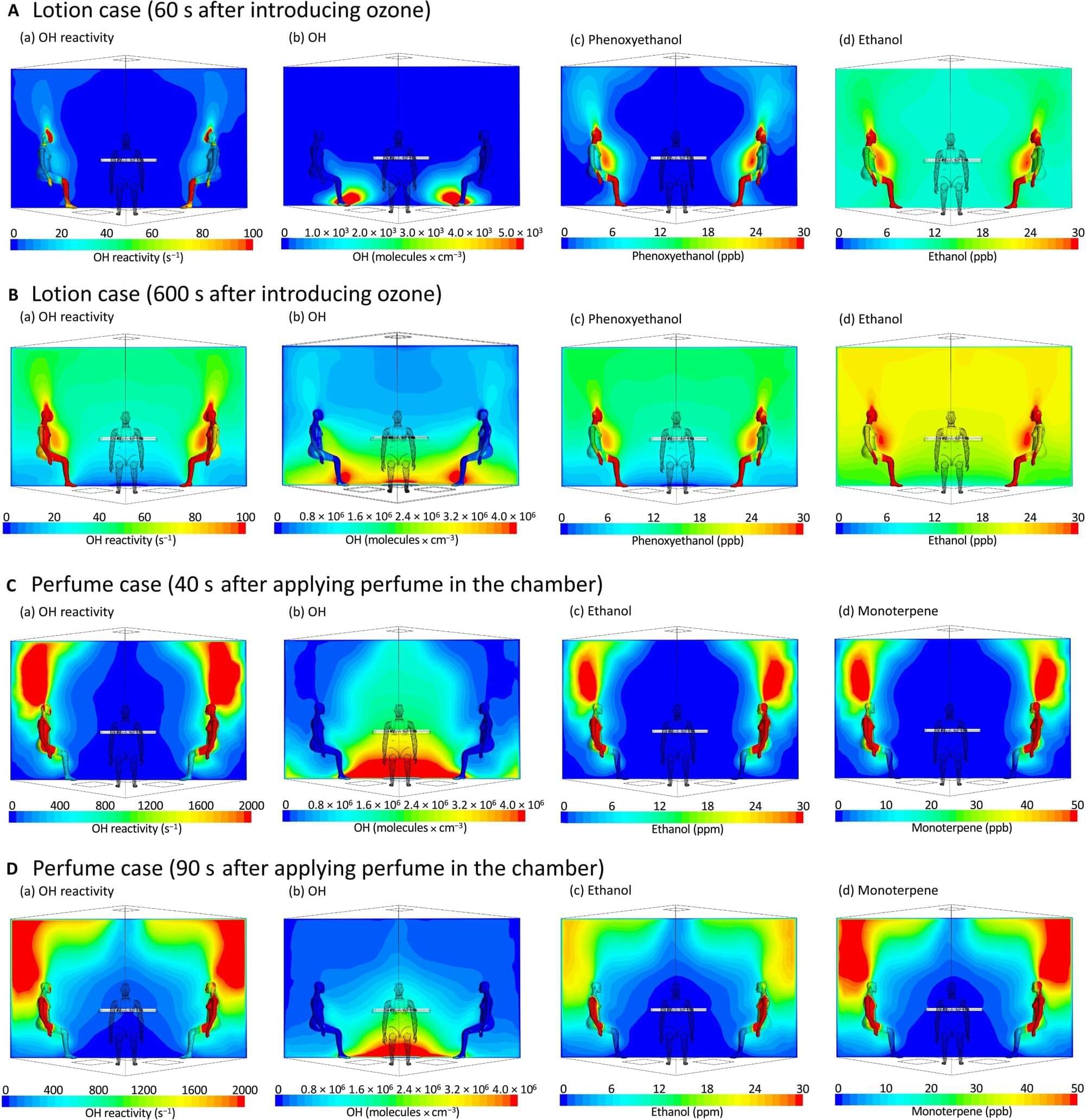
The indoor environment contains multiple sources of chemical compounds. These include continuous emissions from housing materials such as furniture, floors and furnishings, but also periodic intense emissions from human activities such as cooking, smoking, and cleaning.
Outdoor air chemicals can also enter indoor environments through infiltration and ventilation. Ozone (O3) from outdoors can react with compounds indoors to create a complex chemical cocktail within the indoor living space. Since people spend up to 90% of their time indoors, exposure to this diverse array of chemical compounds over extended periods is cause for concern, particularly as the human-health impacts of many such chemicals remain poorly understood.
On the basis of their findings in 2022, Jonathan Williams’s research group from the Max Planck Institute for Chemistry took a closer look at how the human oxidation field might be influenced by personal care products. The study is published in the journal Science Advances.
The ZEUS laser facility at the University of Michigan has roughly doubled the peak power of any other laser in the U.S. with its first official experiment at 2 petawatts (2 quadrillion watts).
At more than 100 times the global electricity power output, this huge power lasts only for the brief duration of its laser pulse—just 25 quintillionths of a second long.
“This milestone marks the beginning of experiments that move into unexplored territory for American high field science,” said Karl Krushelnick, director of the Gérard Mourou Center for Ultrafast Optical Science, which houses ZEUS.
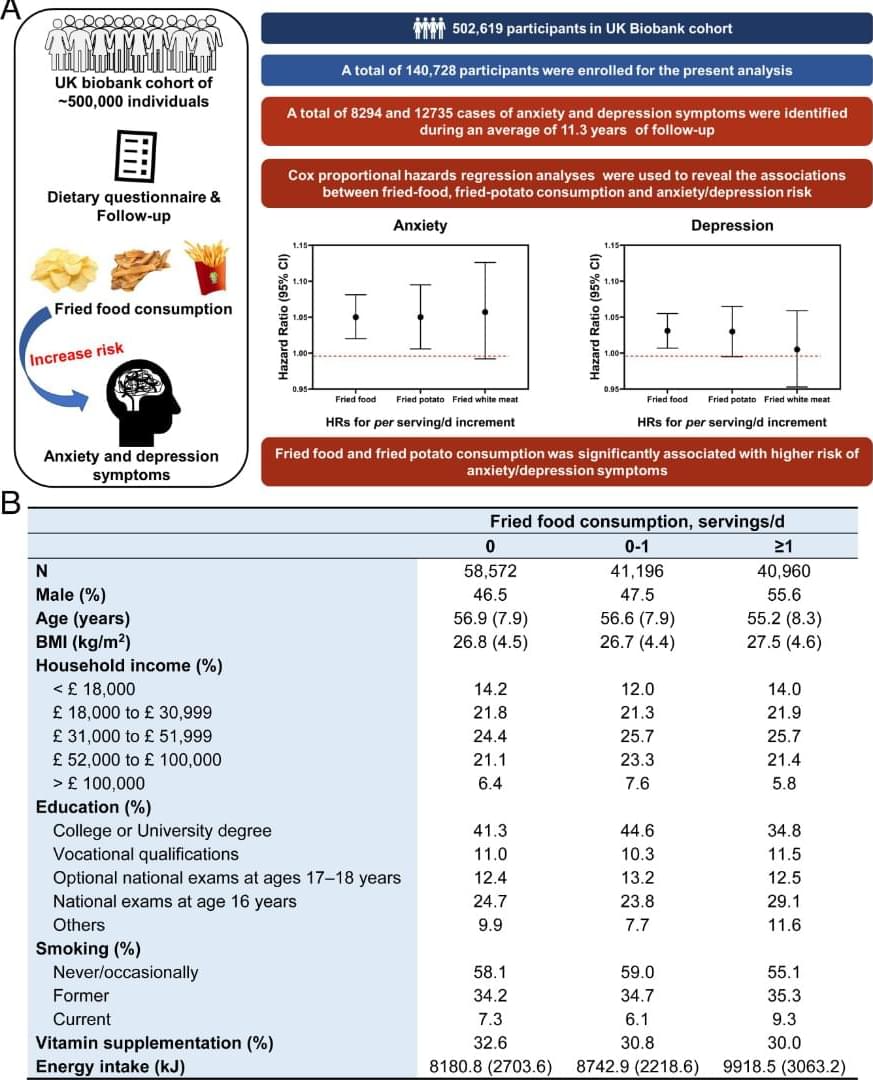
When zebrafish are relocated to a new environment, they seek protection by diving and staying at the safety home, until they feel safe enough to explore the unfamiliar environment (26). The swimming trajectories showed that zebrafish in the control group can swiftly explore and adapt to the novel environment, but chronic exposure to acrylamide reduces the ability to adapt to the unfamiliar environment (Fig. 3 A). Visualized heatmaps showed significant changes in swimming trajectories of zebrafish in the acrylamide exposure groups compared with those in the control group (Fig. 3 B). Furthermore, we found the swimming time and distance ratios in Zone 1 exhibited a dose-dependent decreasing trend in acrylamide exposure groups. Chronic exposure to acrylamide (0.5 mM) significantly decreased both swimming time and distance in Zone 1 and increased those in Zone 2 (Fig. 3 C and D). We recorded the novel object exploration test to visualize the behavioral alteration between the control and each acrylamide-treated group (Movie S3). The movie displays that zebrafish in the control group could swiftly explore and adapt to the novel environment, but chronic exposure to acrylamide reduced the ability to adapt to the unfamiliar environment, which indicated that acrylamide induces anxiety-and depressive-like behaviors by reducing exploration ability of zebrafish.
Moreover, the social preference test was used to assess sociality of zebrafish. Since the zebrafish are a group preference species, they frequently swim by forming a school and swim closely to one another (27). In the current social preference test, representative radar maps and visualized heatmaps exhibited significant changes of preference in swimming trajectories of zebrafish in acrylamide exposure groups compared to those in the control group, indicating that chronic exposure to acrylamide remarkably impairs the sociality of zebrafish (Fig. 3 E–G). For detailed parameters of behavioral trajectories, chronic exposure to acrylamide (0.5 mM) significantly increased both swimming time and distance ratios in the left zone and decreased those in the right zone (Fig. 3 H and I). Notably, chronic exposure to acrylamide (0.5 mM) significantly elevated traversing times and number of crossing the middle line (Fig. 3 J and K).
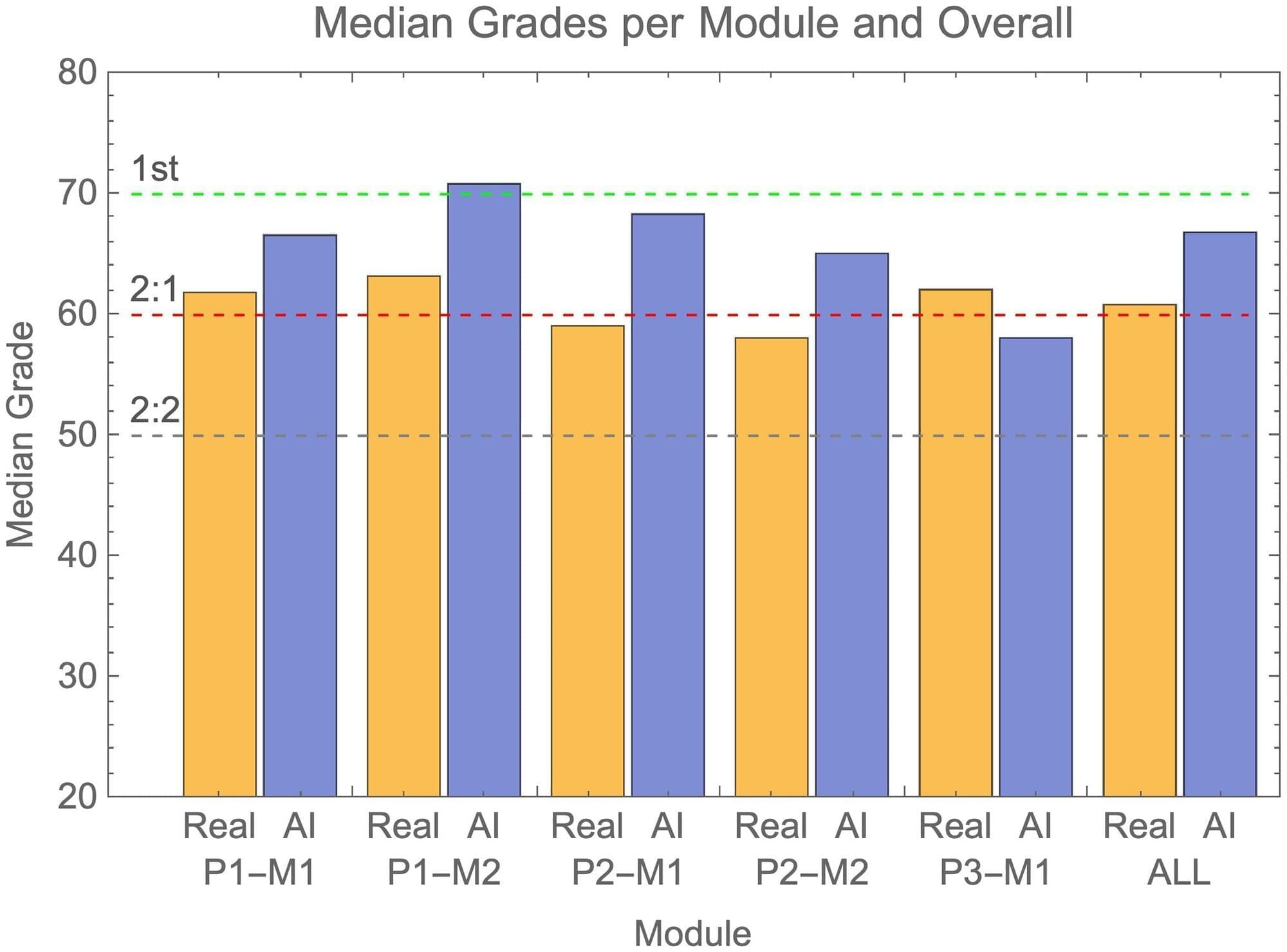
In a test of the examinations system of the University of Reading in the UK, artificial intelligence (AI)-generated submissions went almost entirely undetected, and these fake answers tended to receive higher grades than those achieved by real students. Peter Scarfe of the University of Reading and colleagues present these findings in the open-access journal PLOS ONE on June 26.
In recent years, AI tools such as ChatGPT have become more advanced and widespread, leading to concerns about students using them to cheat by submitting AI-generated work as their own. Such concerns are heightened by the fact that many universities and schools transitioned from supervised in-person exams to unsupervised take-home exams during the COVID-19 pandemic, with many now continuing such models. Tools for detecting AI-generated written text have so far not proven very successful.
To better understand these issues, Scarfe and colleagues generated answers that were 100% written by the AI chatbot GPT-4 and submitted on behalf of 33 fake students to the examinations system of the School of Psychology and Clinical Language Sciences at the University of Reading. Exam graders were unaware of the study.

Today we’re releasing early access to Gemini 2.5 Pro Preview (I/O edition), an updated version of 2.5 Pro that has significantly improved capabilities for coding, especially building compelling interactive web apps. We were going to release this update at Google I/O in a couple weeks, but based on the overwhelming enthusiasm for this model, we wanted to get it in your hands sooner so people can start building.
This builds on the overwhelmingly positive feedback to Gemini 2.5 Pro’s coding and multimodal reasoning capabilities. Beyond UI-focused development, these improvements extend to other coding tasks such as code transformation, code editing and developing complex agentic workflows.
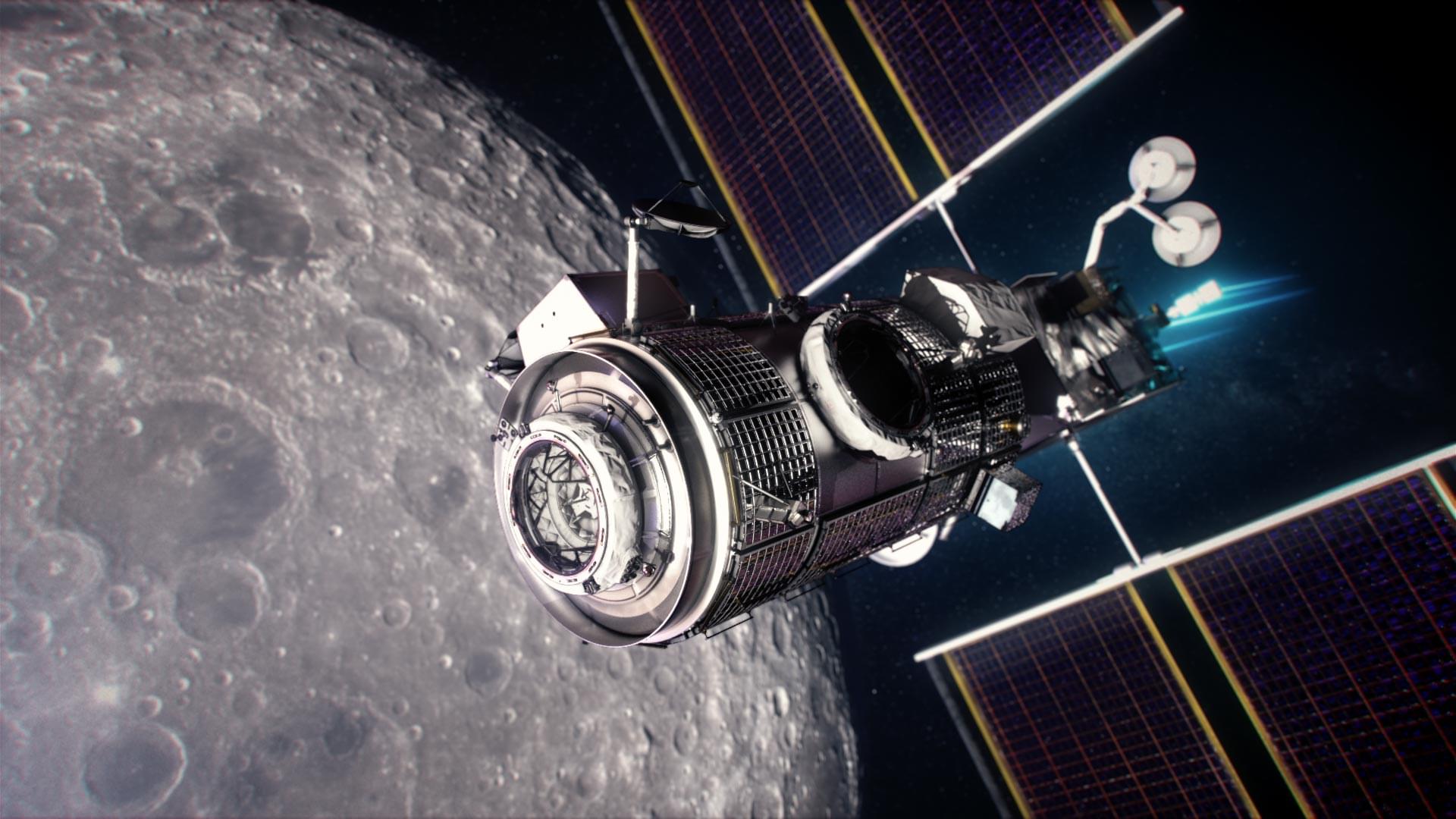
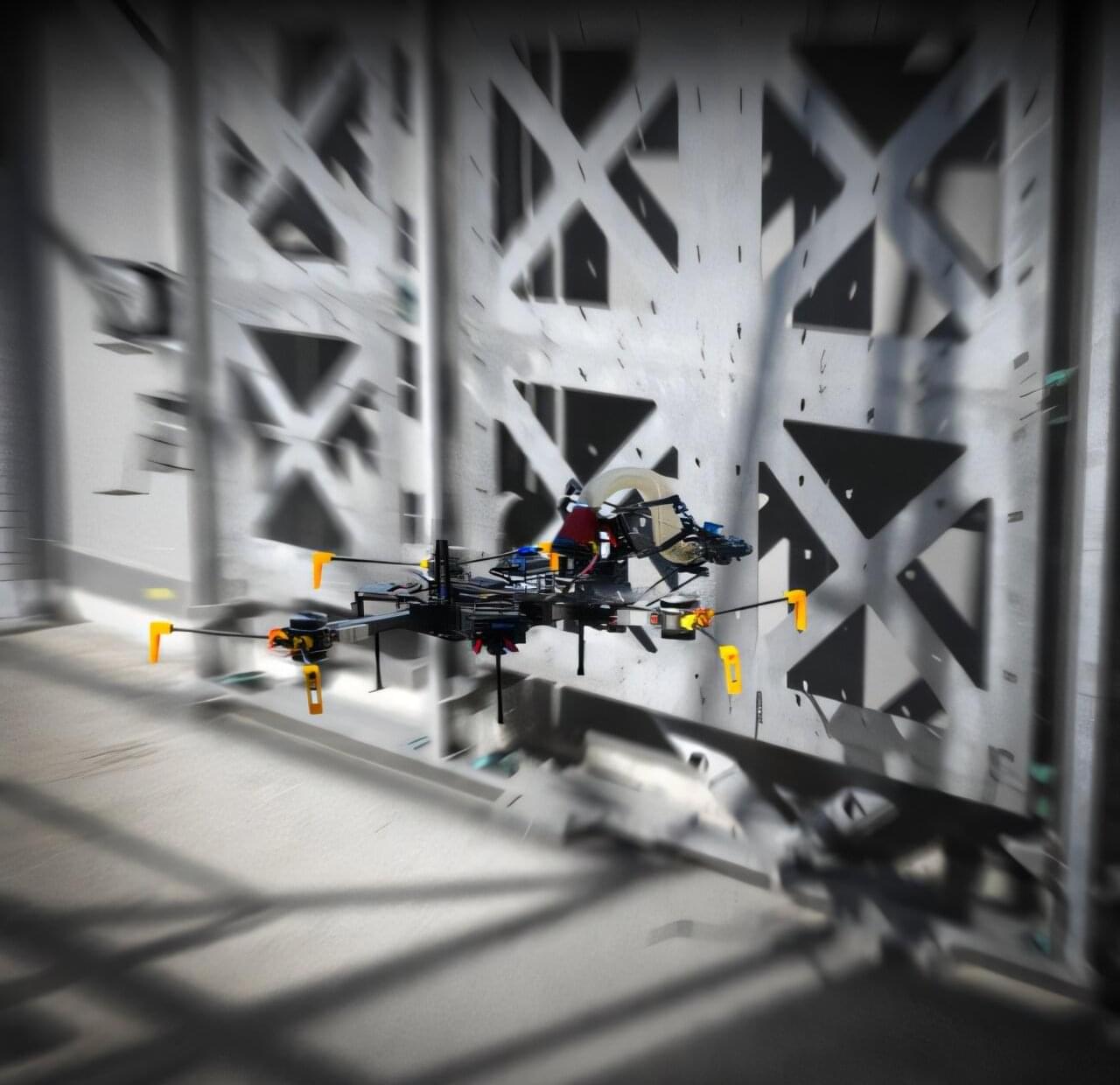
New research led by Imperial College London and co-authored by the University of Bristol, has revealed that aerial robotics could provide wide-ranging benefits to the safety, sustainability and scale of construction.
The research examines the emerging field of using drones for mid-air material deposition in the construction industry —a process known as Aerial Additive Manufacturing (Aerial AM).
This technology addresses pressing global housing and infrastructure challenges using aerial robots equipped with advanced manipulators that can overcome the limitations of traditional construction methods and ground-based robotic systems.
A new AI robot called π-0.5 uses 100 decentralized brains, known as π-nodes, to control its body with lightning-fast reflexes and smart, local decision-making. Instead of relying on a central processor or internet connection, each part of the robot—like fingers, joints, and muscles—can sense, think, and act independently in real time. Powered by a powerful vision-language-action model and trained on massive, diverse data, this smart muscle system allows the robot to understand and complete real-world tasks in homes, even ones it has never seen before.
Join our free AI content course here 👉 https://www.skool.com/ai-content-acce… the best AI news without the noise 👉 https://airevolutionx.beehiiv.com/ 🔍 What’s Inside: • A groundbreaking AI robot called π‑0.5 powered by 100 decentralized “π-nodes” embedded across its body • Each node acts as a mini-brain, sensing, deciding, and adjusting without needing Wi-Fi or a central processor • A powerful vision-language-action model lets the robot understand messy homes and complete complex tasks without pre-mapping 🎥 What You’ll See: • How π‑0.5 combines local reflexes with high-level planning to react in real time • The unique training process using over 400 hours of diverse, real-world data from homes, mobile robots, and human coaching • Real-world tests where the robot cleans, organizes, and adapts to brand-new spaces with near-human fluency 📊 Why It Matters: This new system redefines robot intelligence by merging biological-inspired reflexes with advanced AI planning. It’s a major step toward robots that can handle unpredictable environments, learn on the fly, and function naturally in everyday life—without relying on cloud servers or rigid programming. DISCLAIMER: This video explores cutting-edge robotics, decentralized AI design, and real-world generalization, revealing how distributed intelligence could transform how machines move, sense, and think. #robot #robotics #ai.
Get the best AI news without the noise 👉 https://airevolutionx.beehiiv.com/
🔍 What’s Inside:
• A groundbreaking AI robot called π‑0.5 powered by 100 decentralized “π-nodes” embedded across its body.
• Each node acts as a mini-brain, sensing, deciding, and adjusting without needing Wi-Fi or a central processor.
• A powerful vision-language-action model lets the robot understand messy homes and complete complex tasks without pre-mapping.
🎥 What You’ll See:
• How π‑0.5 combines local reflexes with high-level planning to react in real time.
• The unique training process using over 400 hours of diverse, real-world data from homes, mobile robots, and human coaching.
• Real-world tests where the robot cleans, organizes, and adapts to brand-new spaces with near-human fluency.
📊 Why It Matters:
What if humanity’s future isn’t on Earth—or even other planets—but in colossal artificial worlds built in space? In this episode, we explore the O’Neill Cylinder, a visionary space habitat that could house millions, serve as interstellar arks, and transform the cosmos into a network of orbital civilizations. Join us as we dive into the design, potential, and profound societal implications of these Islands in the Sky.
Watch my exclusive video Post-Consciousness Civilizations: https://nebula.tv/videos/isaacarthur–… Nebula using my link for 40% off an annual subscription: https://go.nebula.tv/isaacarthur Get a Lifetime Membership to Nebula for only $300: https://go.nebula.tv/lifetime?ref=isa… Use the link gift.nebula.tv/isaacarthur to give a year of Nebula to a friend for just $30. Visit our Website: http://www.isaacarthur.net Join Nebula: https://go.nebula.tv/isaacarthur Support us on Patreon: / isaacarthur Support us on Subscribestar: https://www.subscribestar.com/isaac-a… Facebook Group:
/ 1,583,992,725,237,264 Reddit:
/ isaacarthur Twitter:
/ isaac_a_arthur on Twitter and RT our future content. SFIA Discord Server:
/ discord Credits: The O’Neill Cylinder Space Habitat: Islands In The Sky Episode 496; April 24, 2025 Written, Produced & Narrated by: Isaac Arthur Edited by: Briana Brownell Graphics: Anthrofuturism, Apogii.uk, Katie Byrne, Jarred Eagley, Jeremy Jozwik, Justin Dixon, Ken York YD Visual, Sergio Botero, Udo Schroeter Select imagery/video supplied by Getty Images Music Courtesy of Epidemic Sound http://epidemicsound.com/creator Markus Junnikkala, “A Fleet Behind the Moon” Phase Shift, “Forest Night” Kai Engel, “Endless Story About Sun and Moon” Chris Zabriskie, “Unfoldment, Revealment”, “A New Day in a New Sector” Taras Harkavyi, “Alpha and…” Stellardrone, “Red Giant”, “Billions and Billions“
Get Nebula using my link for 40% off an annual subscription: https://go.nebula.tv/isaacarthur.
Get a Lifetime Membership to Nebula for only $300: https://go.nebula.tv/lifetime?ref=isa…
Use the link gift.nebula.tv/isaacarthur to give a year of Nebula to a friend for just $30.
Visit our Website: http://www.isaacarthur.net.
Join Nebula: https://go.nebula.tv/isaacarthur.
Support us on Patreon: / isaacarthur.
Support us on Subscribestar: https://www.subscribestar.com/isaac-a…
Facebook Group: / 1583992725237264
Reddit: / isaacarthur.
Twitter: / isaac_a_arthur on Twitter and RT our future content.
SFIA Discord Server: / discord.
Credits:
The O’Neill Cylinder Space Habitat: Islands In The Sky.
Episode 496; April 24, 2025
Written, Produced & Narrated by: Isaac Arthur.
Edited by: Briana Brownell.
Graphics: Anthrofuturism, Apogii.uk, Katie Byrne, Jarred Eagley, Jeremy Jozwik, Justin Dixon, Ken York YD Visual, Sergio Botero, Udo Schroeter.
Select imagery/video supplied by Getty Images.
Music Courtesy of Epidemic Sound http://epidemicsound.com/creator.
Markus Junnikkala, \